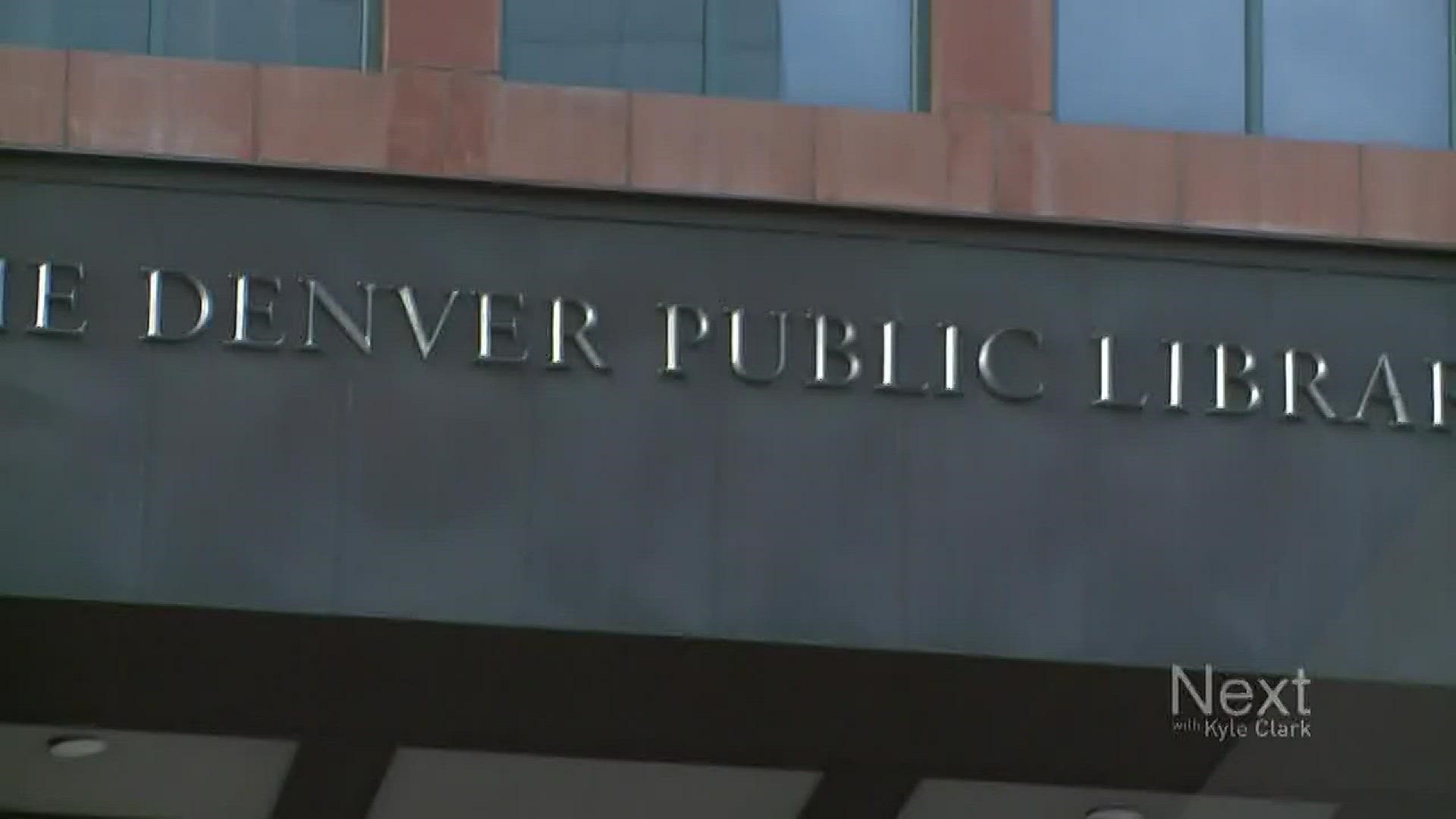KUSA — The majority of people who died from a drug overdose this year in Denver were not experiencing homelessness, according to data from the Denver Department of Public Health & Environment's Office of the Medical Examiner.
The data, which analyzes drug-related deaths through Oct. 31, 2018, shows that 73 percent of people who died from a drug overdose were in a private residence, and 21 percent of overdoses occurred in hospitals. Fewer than 10 percent occurred outdoors, the data shows.
Denver City Council last month approved an ordinance that would create a "safe injection site" for drug use in the city, something supporters said would help ensure a safe place for users where they would be close by treatment if they overdosed.
The approval elicited a scathing response last week from the United States Attorney's Office and the Drug Enforcement Administration. A joint statement from the offices said the injection sites would be illegal under federal law with potential penalties that may include fines up to $250,000 and up to 20 years in jail for people who own, manage the site or utilize it.
The sites would not come into existence until a change the General Assembly passes a bill allowing them.
The data from the Department of Public Health & Environment's Office of the Medical Examiner also shows that overdose deaths, on average, have decreased in Denver over the last decade. However, the combination of methamphetamine- and heroin-involved deaths have increased.
There have been 12,821 drug overdose deaths from 1999 to 2017 among Colorado residents, and during this time period, rates increased nearly every year, the data show.
In 2000, the number of overdose deaths was 351, and the age-adjusted rate was 7.8 deaths per 100,000 population. That's compared to 2017, when there were 1,012 overdose deaths and the rate increased to 17.6.
Both Colorado’s overdose death rate and the nation’s have continued to increase in the most recent years of data available.

